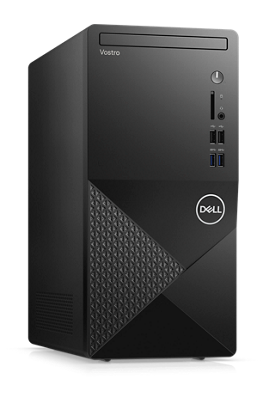Precision 3660 Tower Workstation : Computer Workstations | Dell USA
A cost-efficient tower design featuring outstanding performance scalability, improved CPU cooling and built-in AI responsiveness.
Extreme scalability in mini-tower design
CPU cooling option
Get improved cooling with Advanced Air and Premium Liquid Coolers.
Get improved cooling with Advanced Air and Premium Liquid Coolers.
Lockable, removable front storage
Secure and accessible data storage.
Faster ports
Easy access to ports (up to 20Gbps).
Removable power supply
Use the release to easily remove the power supply.
Powerful performance
You won’t believe your eyes
Whether you’re working on website design or CAD, Intel integrated graphics or up to AMD Radeon Pro or NVIDIA pro graphics (up to 350W) ensure a smooth and elevated visual experience every time.
Whether you’re working on website design or CAD, Intel integrated graphics or up to AMD Radeon Pro or NVIDIA pro graphics (up to 350W) ensure a smooth and elevated visual experience every time.
Slowing down isn’t an option
125W 12th Gen Intel Core™ processors. Up to 128GB or up to 4400MHz DDR5 memory. Up to 28TB of RAID-capable storage.
Convenient connectivity
Integrated Wi-Fi 6 and Bluetooth 5.2 with vPro.
Optional air and liquid cooling
The flow of air or liquid keeps your internals cool, and your workspace silent, so your creativity is never interrupted. Advanced thermals help to keep your system running at peak performance.
Additional information
| Height | 14.52" (369.0 mm) |
|---|---|
| Width | 6.81" (173.0 mm) |
| Depth | 16.53" (420.0 mm) |
| Weight | 18.739 lbs (8.5 kg) |




by Mike
Tower is a perfect size, plenty of room inside for some older HDD’s as well as M.2 drives and space for a full sized DVD/BR drive if you wish to swap out the compact drive included. Workstation has great performance with an i7-12700K and 64GB RAM, no problems with video encoding or other intensive tasks.
by Steve
Handles trading programs with little effort.
by James
High build quality. Excellent internal layout.